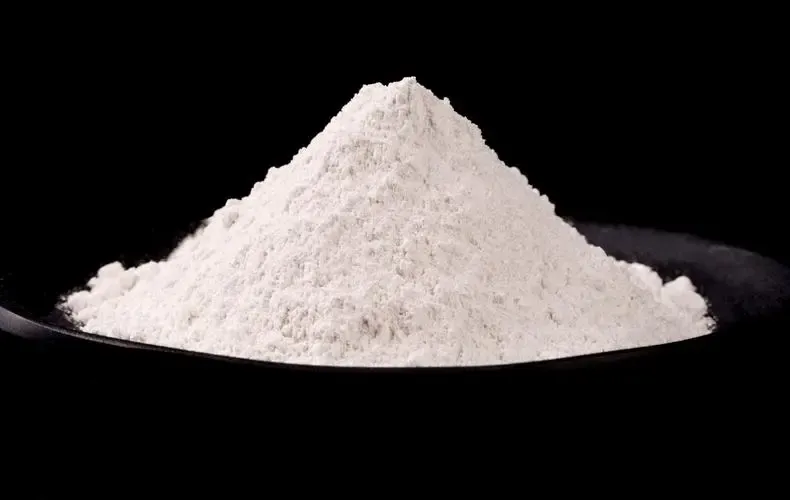
Set . 18, 2024 03:34 Back to list
anatase and rutile nano-tio2
The Unique Properties and Applications of Anatase and Rutile Nano-TiO2
Titanium dioxide (TiO2) is a widely studied material due to its unique properties and vast applications. Among its various crystalline forms, anatase and rutile are the most prominent for industrial use, particularly in the field of nanotechnology. These two phases exhibit different characteristics, making them suitable for specific applications in various industries.
The Unique Properties and Applications of Anatase and Rutile Nano-TiO2
On the other hand, rutile TiO2 possesses better optical properties and is more stable than anatase. Its higher refractive index and excellent UV blocking capabilities make it a preferred choice in the production of pigments, particularly in paints, coatings, and cosmetics. Rutile nano-TiO2 is also utilized in the production of solar cells, where its stability and adaptability to various doping processes enhance the efficiency of energy conversion.
anatase and rutile nano-tio2

The synthesis methods for anatase and rutile nano-TiO2 can vary significantly, influencing their size, shape, and overall properties. Common techniques include sol-gel processes, hydrothermal synthesis, and chemical vapor deposition. The resulting nanoparticles can range from a few nanometers to several hundred nanometers in size. Controlling these parameters is crucial for tailoring the properties of TiO2 for specific applications.
Despite their advantageous properties, anatase and rutile nano-TiO2 also face challenges when it comes to scalability and integration into different materials. Researchers are continually exploring novel approaches to improve the efficiency and effectiveness of these nanoparticles. For example, incorporating dopants can significantly enhance the photocatalytic activity of anatase while maintaining the structural integrity of rutile.
The growing demand for sustainable and eco-friendly solutions is driving the research and development of nano-TiO2. Its applications in nanocomposites, sensors, and various electronic devices are becoming more prevalent. As advancements in nanotechnology continue, the potential for anatase and rutile TiO2 to contribute to cleaner technologies and renewable energy solutions appears promising.
In conclusion, both anatase and rutile nano-TiO2 present unique properties that cater to a variety of applications across different industries. By understanding and harnessing these characteristics, researchers and industry professionals can develop innovative solutions that promote sustainability and enhance functionality in numerous fields. The ongoing exploration of their potential will undoubtedly lead to significant advancements in materials science and environmental technology.
-
China Lithopone in China Supplier – High Quality Lithopone ZnS 30% Powder for Wholesale
NewsJun.10,2025
-
Top China Titanium Dioxide Company – Premium TiO2 Powder Supplier & Manufacturer
NewsJun.10,2025
-
Fast Shipping 99% Pure TiO2 Powder CAS 13463-67-7 Bulk Wholesale
NewsJun.10,2025
-
Top China Titanium Dioxide Manufacturers High-Purity R996 & Anatase
NewsJun.10,2025
-
Lithopone MSDS Factories - Production & Quotes
NewsJun.10,2025
-
High-Quality Titanium Dioxide in Water Suppliers - China Expertise 60
NewsJun.09,2025
